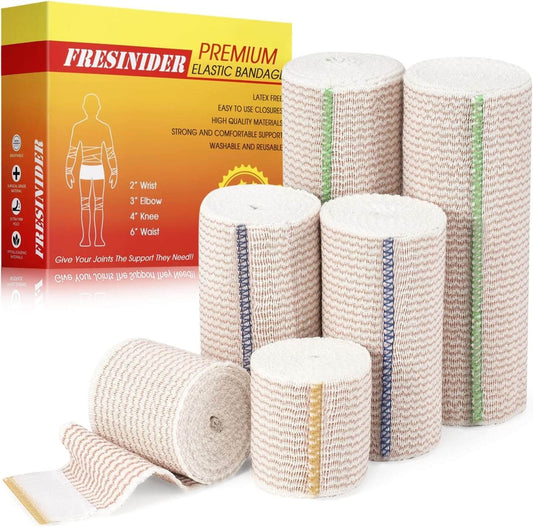What are bed sores (pressure injuries)?
A bedsore (pressure injury/ulcer) is tissue damage from prolonged pressure and shear, often over bony areas. Staging ranges from Stage 1 (intact skin with redness) to Stage 4 (exposed muscle/bone), plus unstageable and deep tissue categories. Staging guides dressing choice.
Where hydrocolloids fit
Hydrocolloid dressings contain gel-forming particles that gel on contact with exudate, sealing the wound and supporting moist healing and comfort. They’re best matched to minimal–mild drainage and superficial depth.
Learn basics: hydrocolloid dressing explainer

When hydrocolloid is appropriate — and when to avoid
Appropriate
- Stage 2 partial-thickness injuries with light drainage.
- Friction-prone areas needing a thin, conformable cover (sacrum/heels) when drainage is low.
- Short-term protection once bioburden is controlled and there’s no infection.
Avoid / Step up
- Moderate–heavy exudate → use foam, hydrofiber/alginate, or super-absorbent dressings.
- Infection, deep cavities/tunnels → not appropriate; seek clinical management.
- Stage 3/4, unstageable, deep tissue → advanced care and higher-absorbency dressings.
How to choose (and alternatives)
- Match drainage: Minimal–mild → hydrocolloid (thin). Moderate → foam or hydrofiber/alginate. Heavy → super-absorbent per clinician.
- Shape & border: Choose shapes that off-load bony areas; bordered versions improve edge seal.
- Fixation: If skin is fragile, use gentle borders or secondary retention (netting/soft garment) to avoid trauma.
Step-by-step: applying a hydrocolloid for a suitable bedsore
- Cleanse & assess. Confirm light exudate and no infection; reassess stage and periwound skin.
- Dry periwound. Hydrocolloids need dry surrounding skin to seal.
- Size & round edges. Overlap 0.5–1 cm onto intact skin to prevent leakage/lift.
- Apply & warm. Press gently; body heat improves adhesion.
- Wear time. If the seal holds and drainage is low, leave in place for several days; change earlier if it turns white/bulges, leaks, or edges roll. Reassess daily in high-risk areas.
- Escalate. If exudate increases or odor/pain/redness worsen, switch to a more absorbent class and contact a clinician.

Thin coverage for light, Stage 2 drainage.
Conformable protection; not for infection or heavy exudate.
Hydrocolloid vs. other dressings (quick guide)
- Hydrocolloid: Stage 2, light exudate; occlusive; supports moist healing/autolysis; avoid infection/heavy exudate.
- Foam: Mild–moderate exudate; cushioning over bony areas.
- Hydrofiber/Alginate: Moderate–heavy exudate; high absorption and conformability.
- Gauze (non-adherent): Temporary/secondary use; watch for adherence if using plain gauze.
Prevention & whole-patient care
Repositioning/off-loading, moisture control, nutrition, and comorbidity management are core. Dressings are one part of a plan; follow your clinician’s schedule and staging review.
FAQs
Does hydrocolloid heal bed sores faster than other dressings?
Not consistently. Evidence reviews show no single dressing is universally superior; selection depends on stage, exudate, and patient factors.
Can I use hydrocolloid on an infected bedsore?
No. Avoid hydrocolloids on infected or heavily draining wounds; seek clinical evaluation and a more appropriate dressing class.
How long can it stay on?
If well-sealed with light exudate, several days is typical; change earlier if saturated or lifting, and reassess frequently.

For superficial, light drainage only
Cut to size for sacrum/heels when appropriate. Not for infected or heavily exuding wounds.
Shop Hydrocolloid Roll




